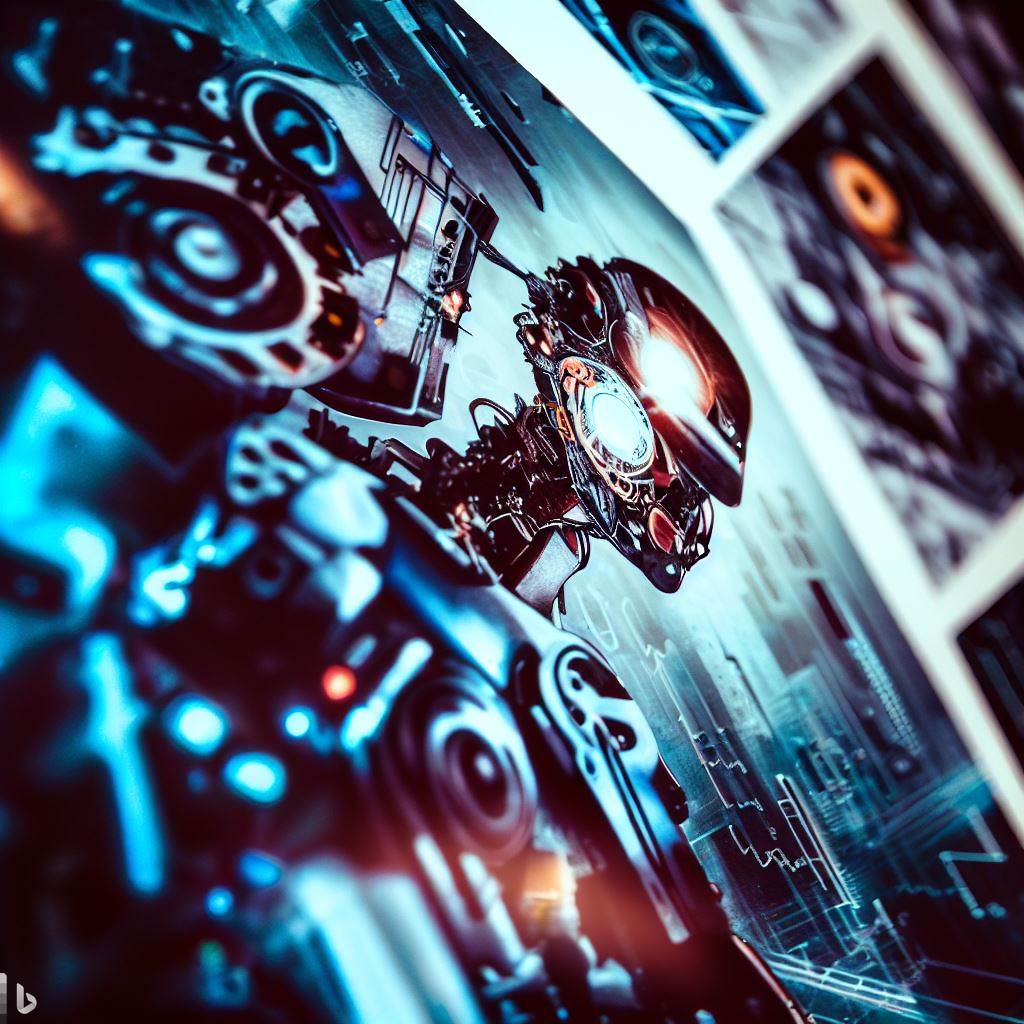
The world of robotics is poised for unprecedented growth and transformation. As we gaze into the future, several trends and innovations emerge, painting a vivid picture of the possibilities:
- Human-Robot Collaboration: The boundary between humans and robots will blur as collaborative robots, or ‘cobots’, become more adept at working side by side with humans. This will enhance efficiency and safety in industries such as manufacturing, healthcare, and logistics.
- AI Integration: As artificial intelligence (AI) becomes more sophisticated, robots will be endowed with better decision-making capabilities, problem-solving skills, and adaptability to dynamic environments.
- Robot Swarms: Taking inspiration from nature, multiple robots will operate cohesively, communicating and coordinating tasks amongst themselves. This has applications in areas like agriculture, environmental monitoring, and search and rescue.
- Soft Robotics: Traditional rigid robots will give way to soft, flexible robots made from materials like elastomers and pneumatics. These robots can be more versatile and safer for human interaction.
- Enhanced Sensory Capabilities: Robots will possess advanced sensors that allow them to see, hear, feel, and even smell their environment, leading to improved interaction and adaptability.
- Robotic Exoskeletons: These wearable suits will amplify human strength and stamina, aiding in rehabilitation, assisting people with mobility issues, or enhancing the capabilities of workers in strenuous jobs.
- Autonomous Vehicles: While self-driving cars are already on the horizon, the future may see fully autonomous ships, aircraft, and even space vehicles.
- Miniaturization: The trend of developing increasingly smaller robots, or ‘nanobots’, could revolutionize medicine by performing tasks within the human body, from targeted drug delivery to surgical assistance.
- Ethical and Regulatory Frameworks: As robots become more integrated into our lives, there will be a growing emphasis on developing ethical guidelines and regulations to ensure their safe and beneficial use.
- Mass Customization: With advances in 3D printing and AI-driven design, robots will be instrumental in producing customized products on demand, reshaping manufacturing processes.
- Robots in Education: Robots will become standard tools in classrooms, assisting educators, providing hands-on learning experiences, and even aiding in special education.
- Robotic Emotional Intelligence: Future robots will be equipped to read, understand, and respond to human emotions, making them more effective companions or caregivers.
- Bio-hybrid Robots: By combining living tissues with robotic components, scientists are exploring the creation of robots that can self-repair and exhibit biological functions.
In essence, the future of robotics is diverse, encompassing sectors from healthcare to space exploration. While the advancements are exciting, they also call for rigorous interdisciplinary collaboration, ethical considerations, and a focus on humanity’s collective well-being.
